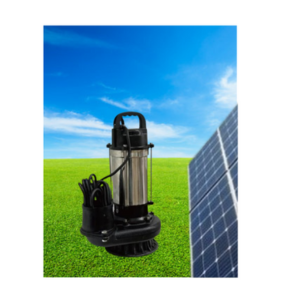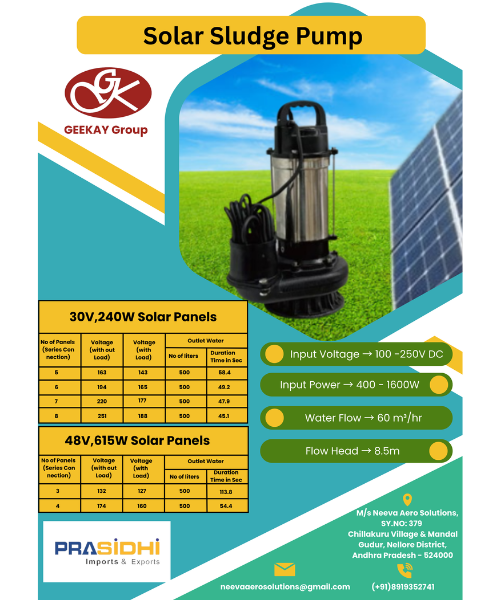
Sludge Cleaning Systems
Sludge cleaning structures are utilized in wastewater remedy plants to cast off and method the sludge that accumulates at some stage in the remedy procedure. These systems normally encompass device like pumps, decanters, and centrifuges to separate solids from beverages, and produce the sludge for further remedy or disposal. Efficient sludge control is vital to prevent the buildup of dangerous substances, lessen odors, and meet environmental policies. Advanced systems additionally incorporate dewatering technology to lessen the extent of sludge, making disposal greater cost-effective and environmentally pleasant. Regular operation guarantees the plant’s universal efficiency and cleanliness.
FEATURES
-High efficiency removal system effectively removes organic and inorganic mud, and prevents the accumulation of harmful waste materials in tanks, ponds or industrial sewerage systems.
-Advanced suction and filtration chair: Use a high power vacuum or pumping system to remove mud while filtering the targeted water, reducing the water waste.
-Continuous operation – 24/7 designed for functionality, and ensures minimal shutdown and frequent mud reduction.
-Energy efficient – consumes 60% less energy than traditional drag methods.
-Automatic and low maintenance automatic rear and self-cleaning mechanisms, reducing manual work and maintenance work.
-Corrosion-resistant material height stainless, stability in stainless steel or anti-enhancer polymer.
-Modular design – provides easy expansion to adjust different tank sizes and mud levels.
-Reduces storage and COD levels – by reducing organic oxygen requirements (booth) and chemical oxygen requirements (COD),
-improving water quality and preventing harmful anaerobic conditions.
| Parameter | Metric | English |
|---|---|---|
| Power Requirement | 5-30 kW (varies by model) | 6.7-40 HP |
| Sludge Removal Rate | 5-50 m³/hr | 1,320-13,200 gal/hr |
| Operating Pressure | 2-10 bar | 30-145 PSI |
| Max Sludge Thickness | 50 mm | 2 inches |
| Weight | 100-500 kg | 220-1100 lbs |
| Hose Diameter | 50-150 mm | 2-6 inches |
| Material | Stainless Steel / HDPE | Stainless Steel / HDPE |
APPLICATIONS
- Aquaculture – Removes waste buildup in shrimp and fish farms, improving water quality.
- Industrial Wastewater Treatment – Removes sludge from chemical, pharmaceutical, and food processing plants.
- Sewage treatment plants – Extracts Organic and inorganic solids for effective waste treatment.
- mining and construction sites – eliminates debris and heavy sedimentary sediments living from work areas.
- Retass and ponds – maintains a clear water situation in lakes, reservoirs and artificial ponds.
ADVANTAGES
- Prevents obstacles and clogging – pipes and filtration systems move effectively.
- Improves water quality reduces mud related pollution and increases oxygen levels.
- Reduces the cost of energy and maintenance – requires low power and low manual intervention.
- Environmentally friendly and chemical-free-dominant removes mud without chemicals, making it safe for the treatment of aquaculture and wastewater.
- Custom and scalable – can be adjusted based on the amount of mud, tank size and operating requirements.
- Custom and scalable – can be adjusted based on the amount of mud, tank size and operating requirements.
- Fast and efficient mud removal of mud removal of mud at higher speeds than traditional methods, prevents long-term sediment structures.
- Equipment extends life – rust, pipes and filtration prevents rust and wear in units.
Best Practices for Sludge Management:
Regular Cleaning:
- Schedule everyday cleansing cycles to save you waste buildup and device clogging.
- Ensure filters, pumps, and other components are maintained and cleaned regularly.
Monitoring Water Quality:
- Continuously screen water quality (ammonia, nitrites, pH, dissolved oxygen) to detect any imbalances because of sludge accumulation.
Efficient Sludge Disposal:
- Proper disposal or use of sludge (e.G., composting for agricultural use) reduces environmental impact.
- Sludge from shrimp farms can also contain nutrients like nitrogen and phosphorus, making it precious as fertilizer.
Prevention of Sludge Overload:
- Prevent overfeeding of shrimp to reduce extra feed and waste.
- Maintain top of the line stocking densities to lessen the production of organic waste.
Challenges in Sludge Cleaning:
High Operational Costs:
- Sludge removal systems, particularly massive-scale ones, can be costly to put in and hold.
Energy Consumption:
- Systems like vacuum pumps and rotating filters require a considerable amount of strength, increasing operational costs.
Waste Disposal:
- Proper disposal of sludge is important to avoid pollution and comply with environmental policies.
System Complexity:
- Managing sludge correctly in RAS requires continuous monitoring, renovation, and integration of different filtration and removal systems.
Conclusion
An powerful sludge cleaning gadget is vital for keeping water first-class in shrimp farms, especially in RAS. Integrating diverse structures which includes mechanical filters, settling tanks, vacuum pumps, and organic treatment enables in handling waste, ensuring wholesome shrimp boom, and minimizing environmental effect.


